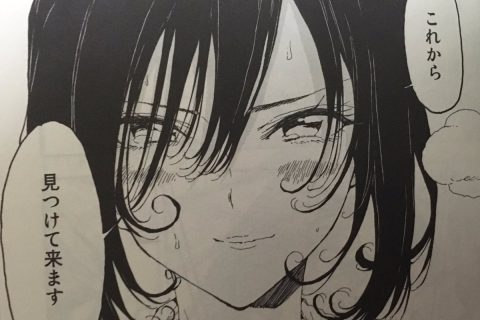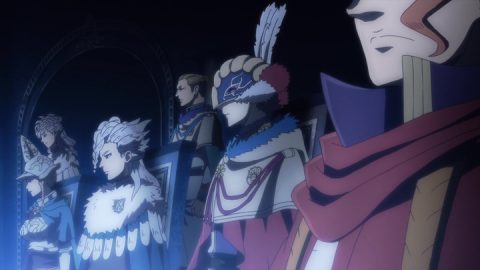Among the many game genres, otome games, which target women, a particularly small proportion of the gaming population, have long been treated as a fairly minor genre. Compared to romance simulation games, which are mainly targeted at men, who make up a huge population, these games have not received much attention, but in recent years, coupled with the demand for staying at home during the COVID-19 pandemic, romance simulation games for women seem to be gaining momentum. In particular, the number of male fans seems to be increasing, and it can be said that the closed-off atmosphere of the past is changing slightly. In this article, we would like to introduce a slightly unusual work set in such an otome game world. It is a work with a very interesting setting that has not been seen in conventional anime works, so be sure to check it out!
An unexpected meta-perspective work
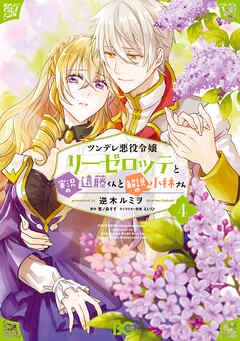
This work is not a work that depicts the worldview of a "otome game", but a work that really depicts the events within an otome game as a story. Therefore, the movements of the characters depicted in this work are the characters of the otome game that the player is enjoying in the story.
The main character is a character from a girl's game
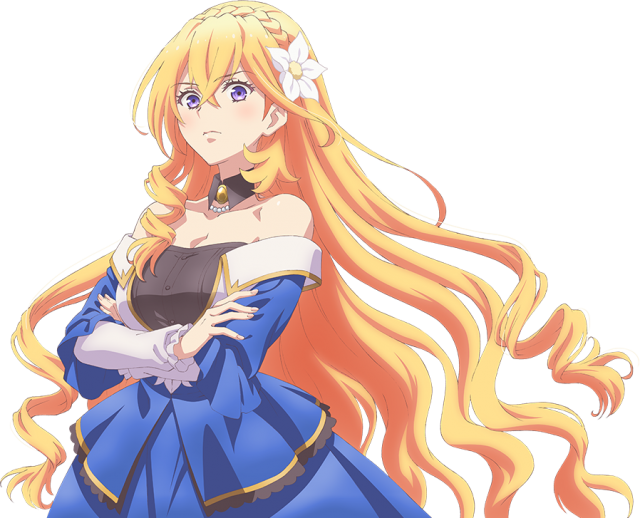
As such, since the main character of this work is a character from a girl's game, the player will always be providing bird's-eye view commentary and remarks from outside the TV screen. This exquisite mismatch between the player and the game character is one of the interesting aspects of this work.
Otome game players get involved in the story from a bird's-eye view
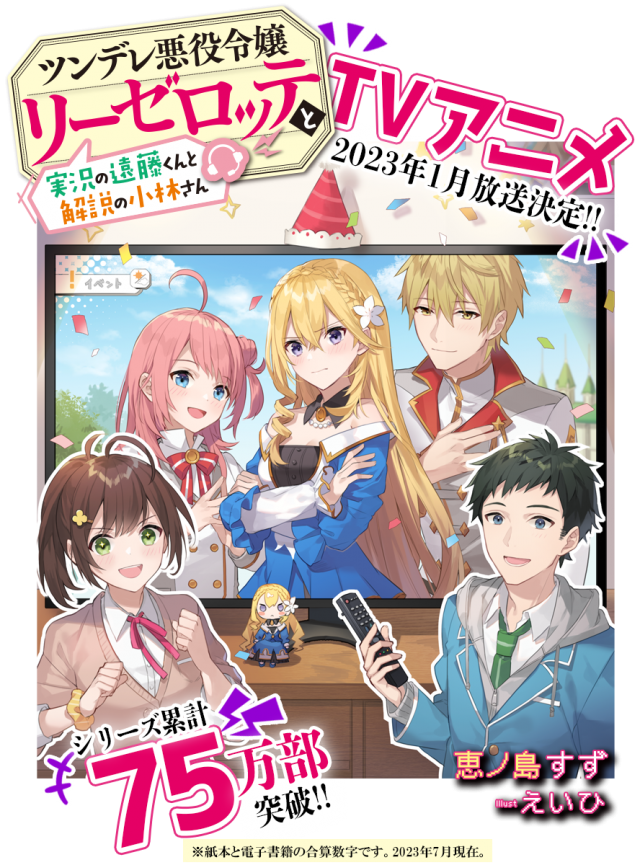
Since otome game players get involved in the story from a bird's-eye view, readers themselves can enjoy the story from a fairly bird's-eye view. It's a work that can be enjoyed from a slightly detached perspective along with the player without getting completely immersed in the story.
A player who perceives the story's development meta-wise
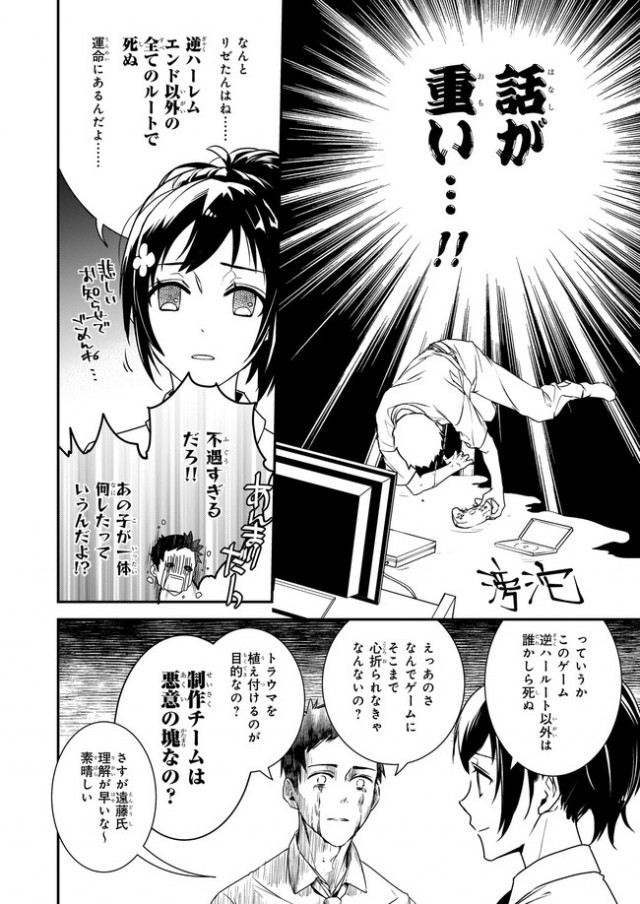
In this way, the players in this work perceive the story's development meta-wise, so you can easily see yourself as a regular gamer. Among the many characters, this character is particularly close to the reader, so it's worth paying attention to.
Readers who meta-perceive the players who meta-perceive the development of the work

What's interesting about this work is that it allows players who are enjoying the game to enjoy it from an even more meta-perspective. The interesting thing about the setting is that there is an entity (reader) who is further observing the players who think they are the observers.
An innovative romantic comedy work! !
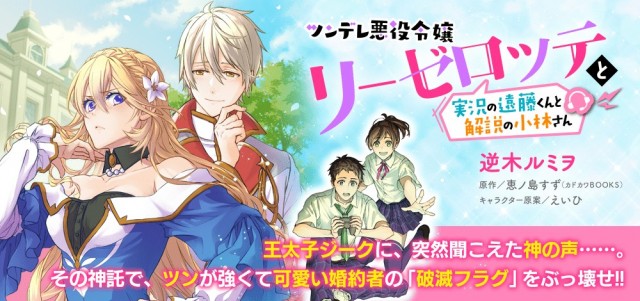
As such, the appeal of this work is undoubtedly the "original setting." It can be enjoyed as a romantic comedy work with an original setting that would not be possible in a normal romantic comedy work, so it is a perfect work for fans who are tired of works with a conventional development.
Interesting hidden features in the settings of otome game characters and players
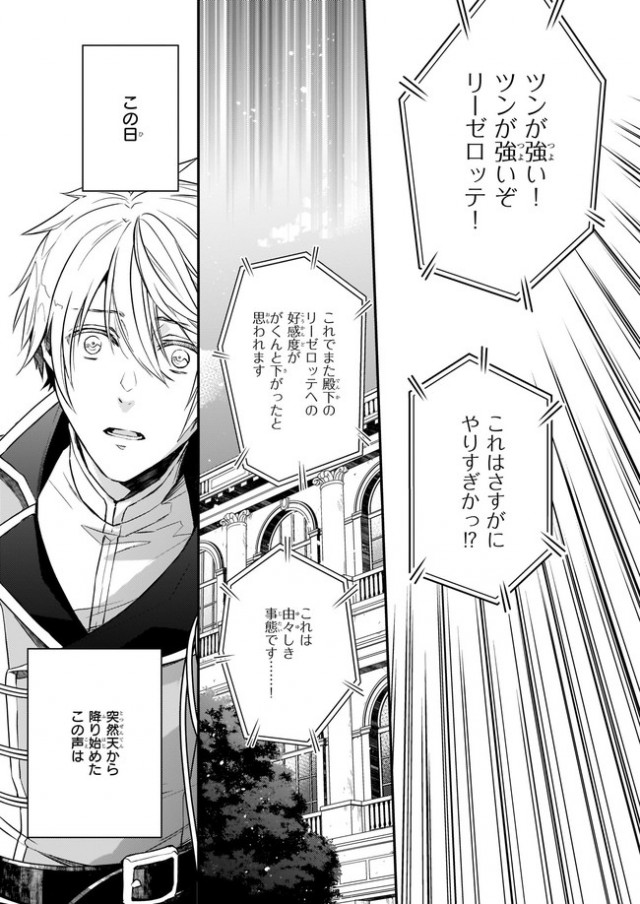
On the other hand, the interesting setting of this work, that of a player who is watching the story from a bird's-eye view, hides a deeper hidden feature. From here, I would like to dig deeper into the setting of the player's perspective of this work.
While depicting the characters from a meta-perspective, they also allow for mutual interaction
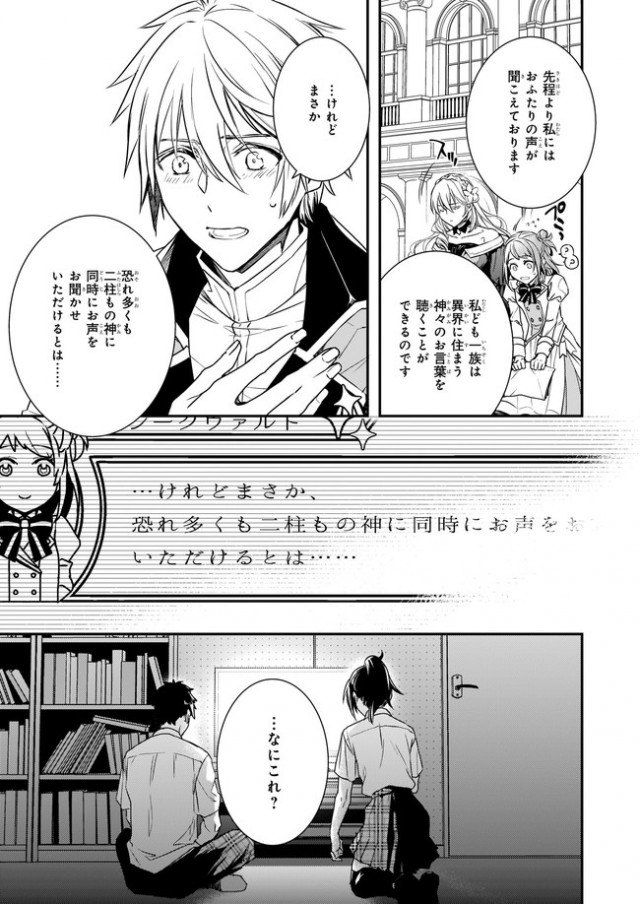
The first of the ingenious features is that while the player controls the character from a meta-perspective, the character and the player still have mutual interaction. There are many scenes in which the character and the player converse with each other, which would not be possible in a normal game.
From the perspective of the characters in the otome game, the player is a "god"
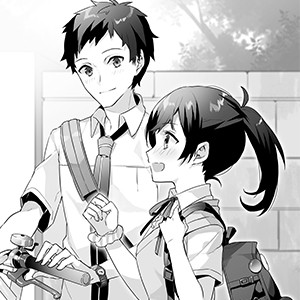
In the setting of this work, the player is depicted as a god in the world of the otome game, and is understood as an omnipotent being who knows the future. Indeed, in real otome games, the player often knows the character's future, so it is a good setting to refer to them as gods.
Avoid Lieselotte's death! !
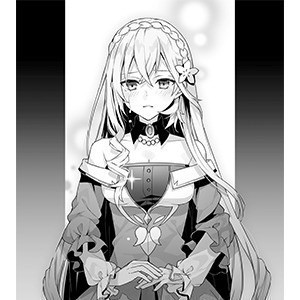
At the beginning of the story, the player and the character work together to avoid the death of Lieselotte, an important character in the game. In this way, there are many scenes throughout the story where the character and the player work together to achieve something.
Pay attention to the culture shock of the game characters! !
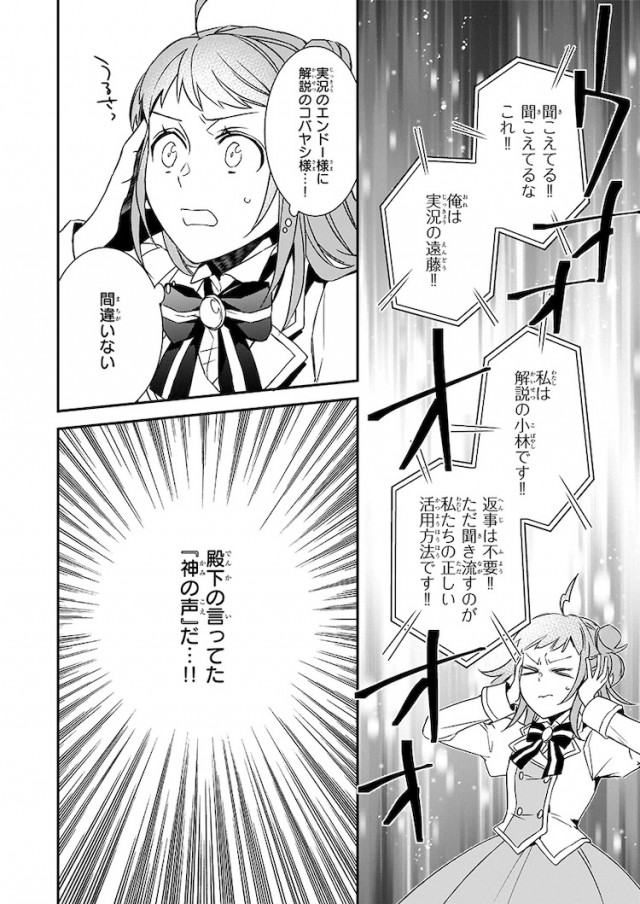
In this work, the game characters and the player interact very closely, so there are many unusual culture shocks between the "game world" and the "real world". I would like to introduce some of the culture shocks at the beginning of the work, as they are particularly interesting scenes in the work.
"What is Tsundere?"
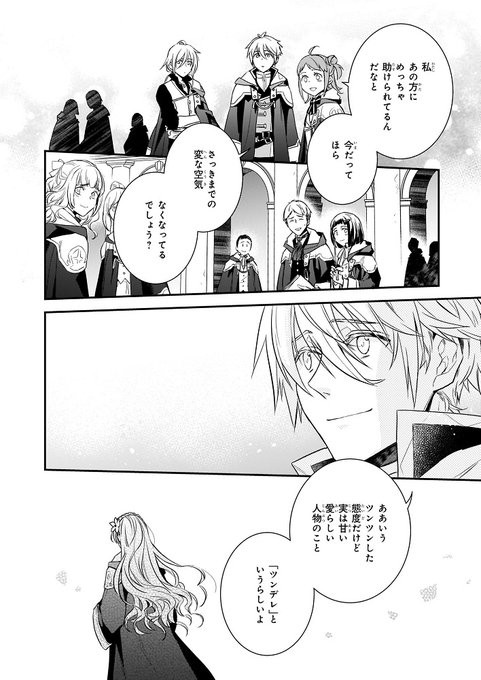
Naturally, there are no words in the game that can comprehensively describe the personality of a character, such as "Tsundere." Therefore, when a player says to a game character, "This character is a Tsundere!", the game character will often ask, "What is Tsundere?"
"Please give me at least one kiss!!"
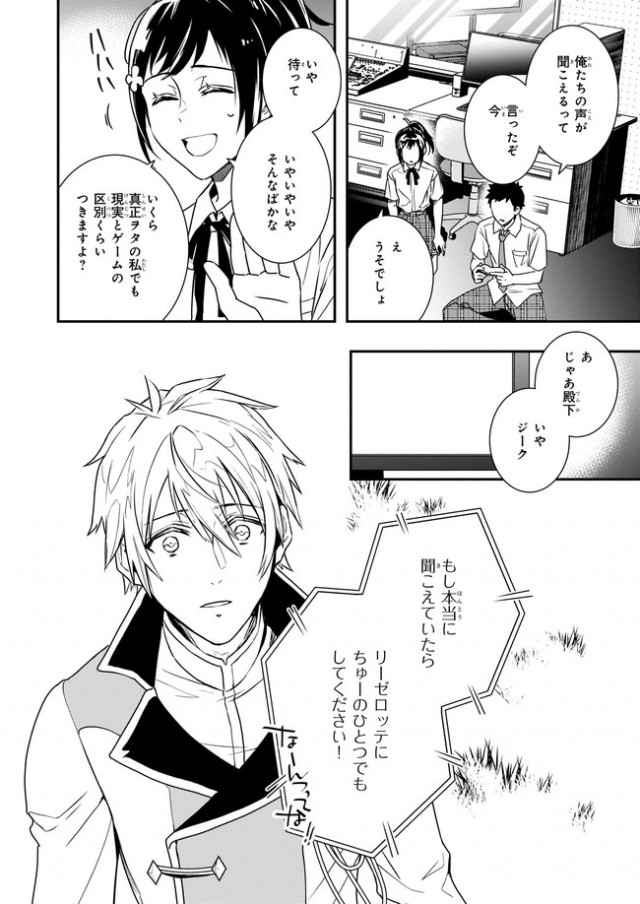
From the perspective of the gamer, it's just a story within the game, so it doesn't matter if the characters suddenly kiss each other. That's why in the work, the characters suddenly give outridiculous instructions like "Please give me at least one kiss!!"
Fun you can't experience in other works
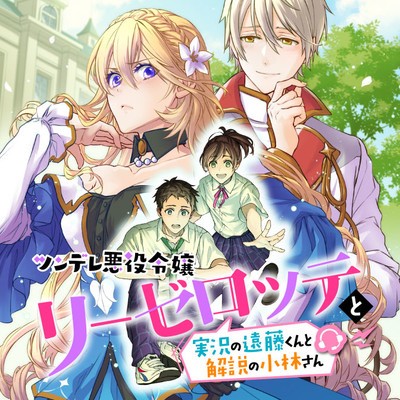
In this way, you can enjoy the interaction between the characters in the game and the real world, which is possible only because they are in the game. This is definitely a development that you can't experience in other works, so be sure to check it out!
The idea of a meta double structure
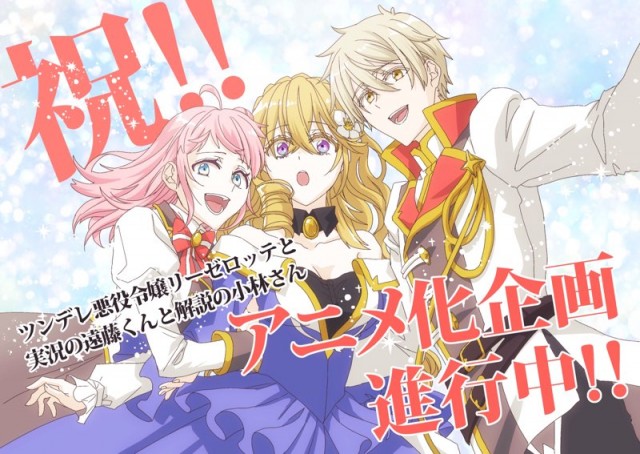
Where does this "meta double structure" depicted in this work come from? It's a setting that you rarely see in other anime works, so it's very interesting to know where it came from.
A common technique in historical children's literature
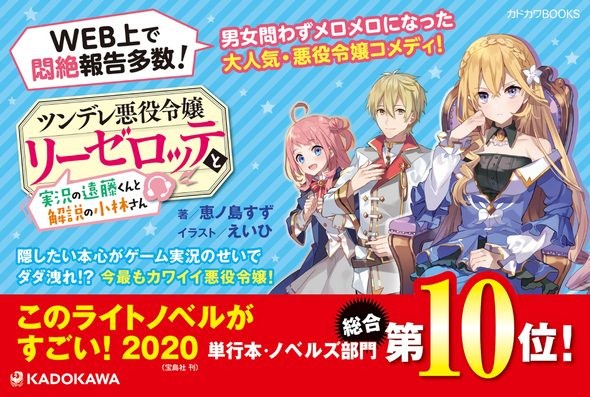
In fact, the "double structure of meta-perspectives" in this work is a common technique in historical children's literature. There are many works in traditional and famous children's literature that utilize this type of "double structure of meta-perspectives" setting, and perhaps if we trace the origins of this work's setting back to its roots, we will arrive at this type of children's literature.
The Neverending Story, etc.
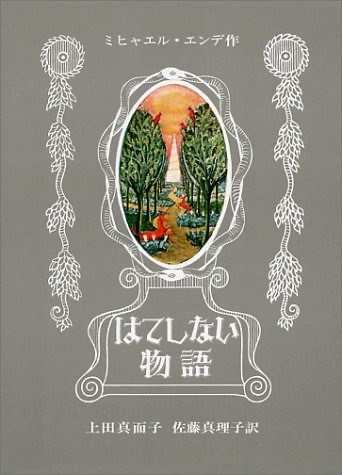
The German children's book "The Neverending Story" is a particularly famous children's book that uses a setting like this one. This work is also a work in which the protagonist of the story enjoys a work from a bird's-eye view, and in the second half of the story, he himself enters the world of the story. It has also been made into a movie under the title "The Neverending Story," and is still loved by many fans today.
Easy to empathize with those who enjoy the story
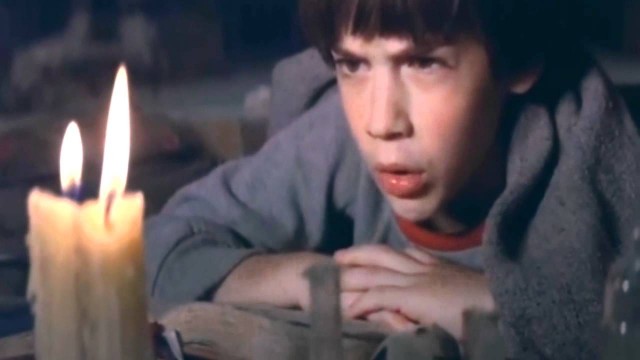
Why did historical children's literature create a setting with a "dual structure of meta perspectives"? The reason is thought to be because the target audience was young children. Children admire the heroes that appear in the story, but they cannot empathize with them. Therefore, in order to make the reader feel closer to the protagonist, the reader is deliberately portrayed as enjoying the hero's exploits from a bird's-eye view, which allows the reader to empathize with the character more.
The amazing thing about this work is that it incorporates traditional techniques into an "otome game"

The original "double meta-perspective" structure was created to allow children who enjoy the story to empathize more, but this work incorporates these traditional techniques into an "otome game".
There are also many developments that are unique to "otome games"!!
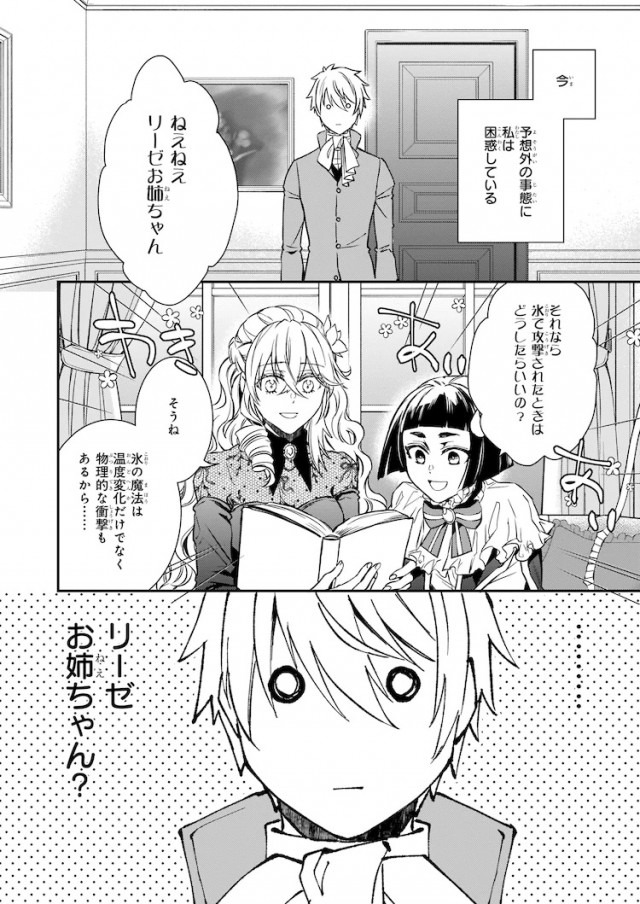
As a result, it was possible to depict many developments that were not possible in traditional children's literature. While following the traditions of the past, it revived the "double structure of meta-perspectives" in modern times with a new interpretation. Isn't it true that one of the charms of this work is its attitude of skillfully arranging past settings in a modern style?
A work that otakus can easily relate to! !

Just as previous works that adopted the "dual structure of meta perspectives" were easily relatable to children, this work is easy for otaku to empathize with. In previous romantic comedies, the setting was another world or medieval Europe, which was a world view that could be admired but difficult to empathize with, so there was a good ground for the setting of the "dual structure of meta perspectives" to live in.
Summary
What did you think? This time, we focused on the setting of the "dual structure of meta perspectives," which is one of the charms of this work, "Tsundere Villainous Lady Lieselotte, Commentator Endo-kun, and Commentator Kobayashi-san." Although it may seem like a very unexpected setting, it turns out that it is actually a well-thought-out setting that is also found in historical children's literature. As you can see, there are many other interesting settings in this work, so please take a look at them for yourself!

